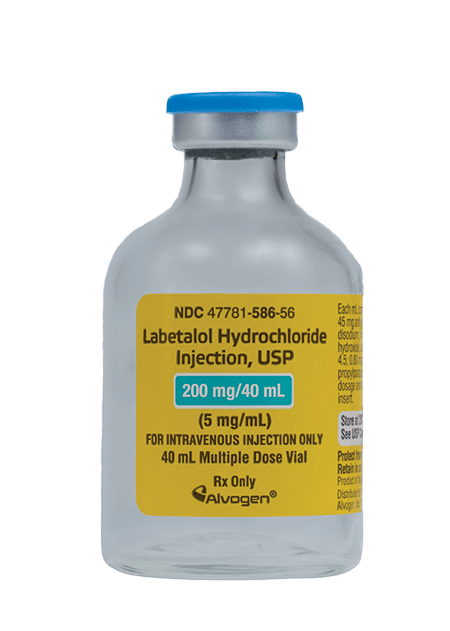Labetalol infusion for refractory hypertension causing severe hypotension and bradycardia: an issue of patient safety, Patient Safety in Surgery
Por um escritor misterioso
Descrição
Incremental doses of intravenous labetalol are safe and effective and, at times, such therapy may need to be augmented by a continuous infusion of labetalol to control severe hypertension. Continuous infusions of labetalol may exceed the recommended maximum daily dose of 300 mg on occasion. We report a case in which hypertension occurring after an abdominal aortic aneurysm repair, initially responsive to intermittent intravenous beta-blockade, became resistant to this therapy leading to the choice of an intravenous labetalol infusion as the therapeutic option. The labetalol infusion resulted in a profound cardiovascular compromise in this postoperative critically ill patient. While infusions of labetalol have successfully been used, prolonged administration in the intensive care unit requires vigilance and the establishment of a therapeutic rationale/policy for interventions, such as the ready availability of glucagon, β-agonists, phosphodiesterase inhibitors, insulin, and vasopressin when severe cardiovascular depression occurs.

The Japanese Society of Hypertension Guidelines for the Management of Hypertension (JSH 2019)

Hypertensive emergency - EMCrit Project

PDF) Safety and efficacy of continuous intravenous labetalol for blood pressure control in neurosurgical patients

Part 7.3: Management of Symptomatic Bradycardia and Tachycardia

The vital signs and the cumulative labetalol dose over time. MAP = mean

Hypertension Blood Pressure - Cancer Therapy Advisor

LABETALOL HYDROCHLORIDE INJECTION, USP

2023 American Heart Association Focused Update on the Management of Patients With Cardiac Arrest or Life-Threatening Toxicity Due to Poisoning: An Update to the American Heart Association Guidelines for Cardiopulmonary Resuscitation and

Hypertensive emergency - EMCrit Project
de
por adulto (o preço varia de acordo com o tamanho do grupo)






